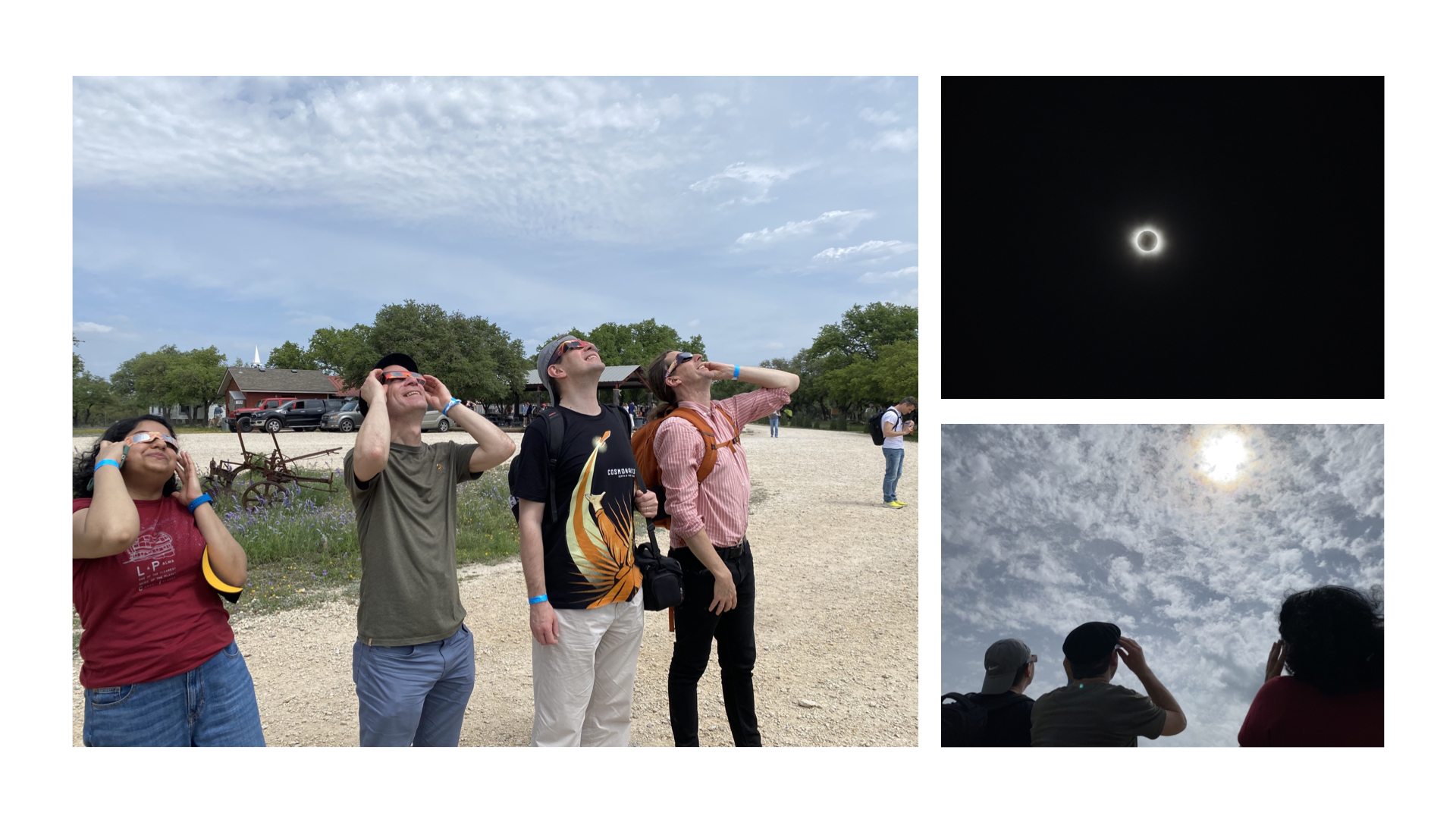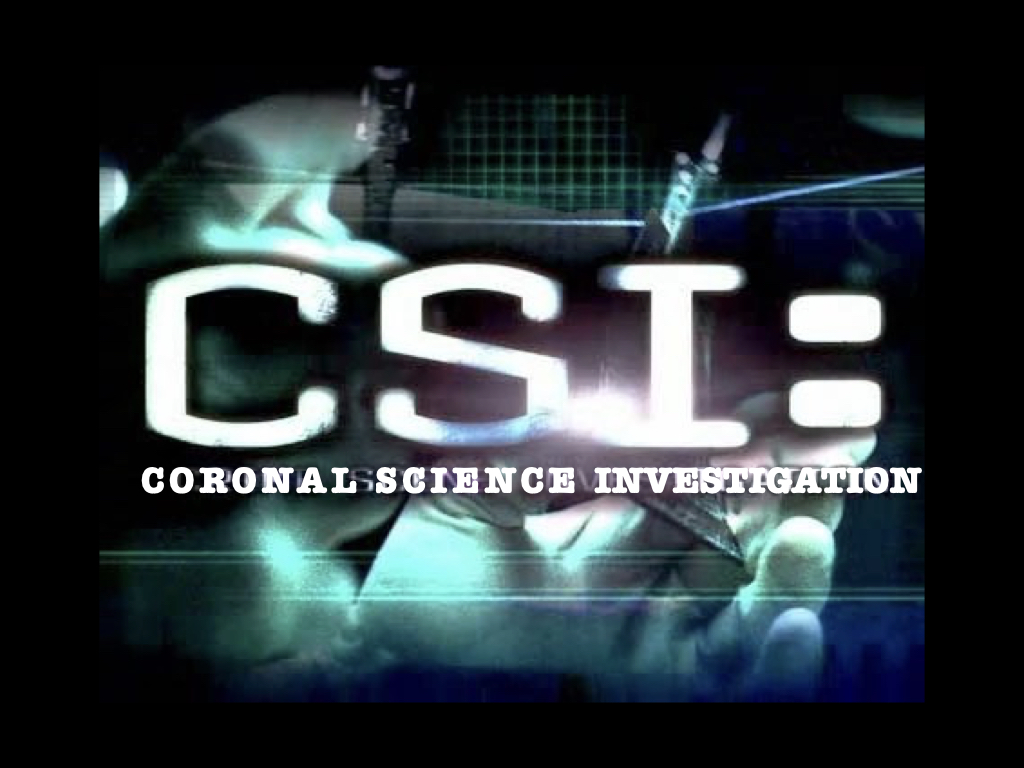STCE colleagues travelled to North America to witness this spectacular event but also to discuss and debate with other scientists. The total solar eclipse was a nice opportunity to combine several conferences and meetings.

''We saw it! In between the clouds and with some haze but it was quite an experience in any case.'' This is how it feels watching the eclipse, even at a distance of 150 million km from the Sun it is a HUGE.
But scientists want more. They want to go beyond the magical experience and do whatever is possible to investigate the solar wind and the low corona. They go for a profound science investigation from the corona. Like in CSI, but in their case: Coronal Science Investigation.

So, an extra-ordinary observation campaign with Parker Solar Probe and Solar Orbiter was deployed. By a lucky coincidence, PSP and SO, both orbiting the Sun, were in the neighborhood at the time of the eclipse because both reached perihelium. 'In the neighborhood' means 7.3 million km for PSP and 45 million km for SO. These numbers are km distance from the Sun.
Parker Solar Probe is a spacecraft that can measure the solar wind passing by. It can 'feel' and 'touch'. While Solar Orbiter can see in the EUV what is happening on the Sun and its close environment. From the Earth perspective, we have ground based observations from the corona and EUV pictures from PROBA2.
It is all these measurements and observations from different perspectives that makes this total solar eclipse unique and thrilling.





